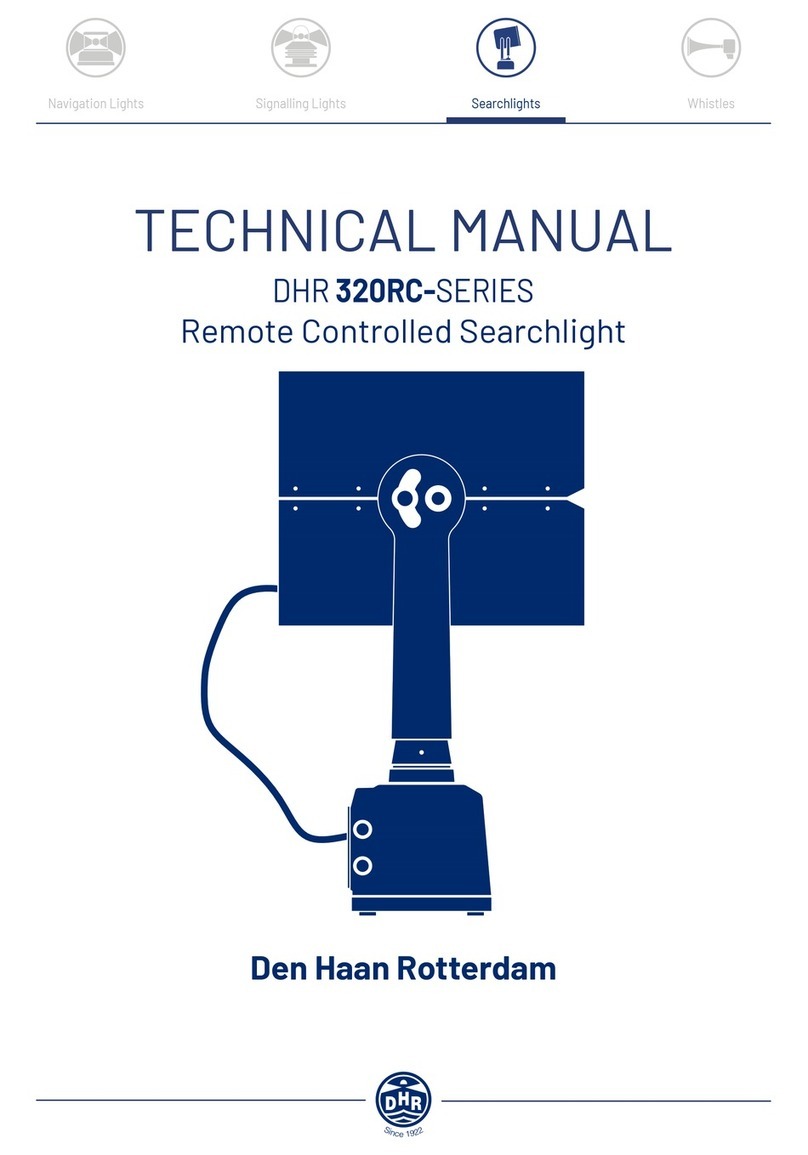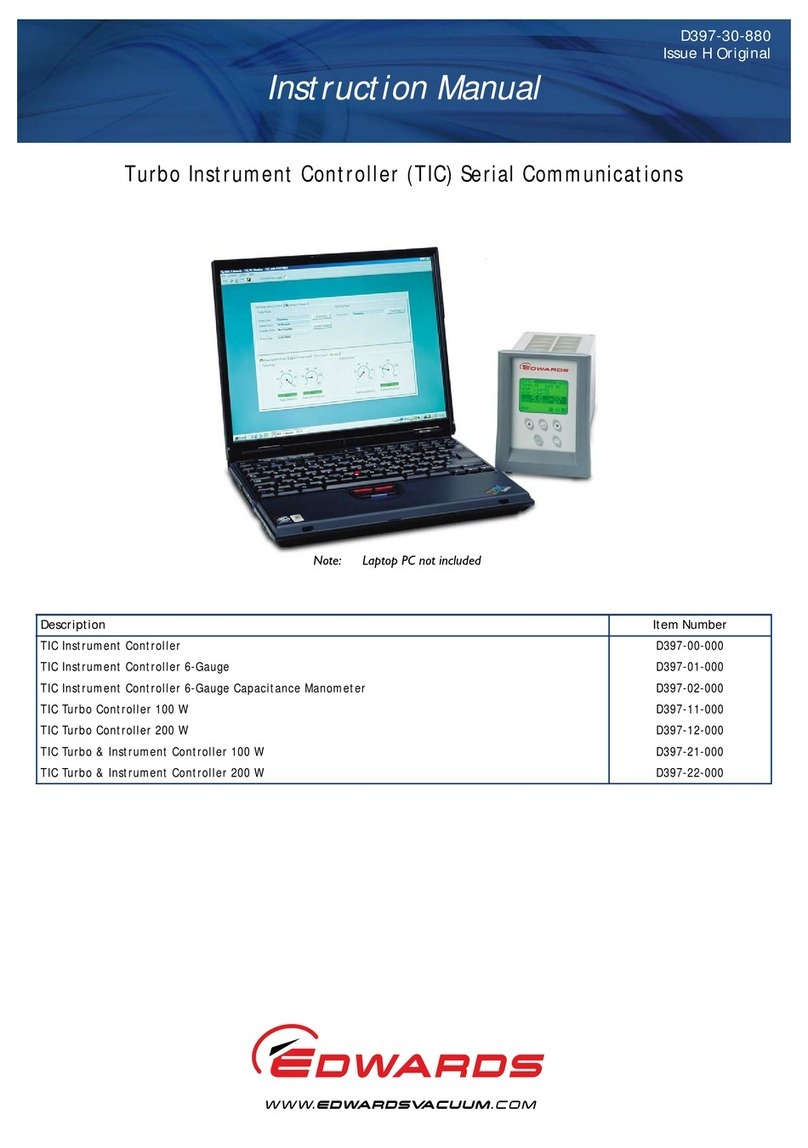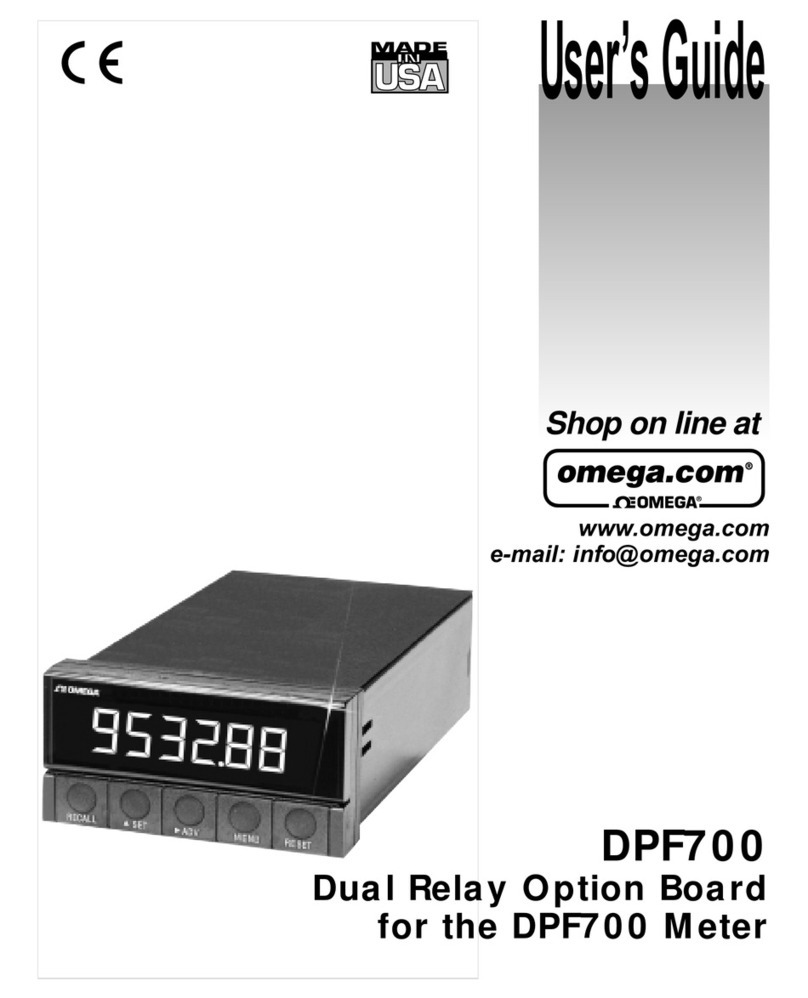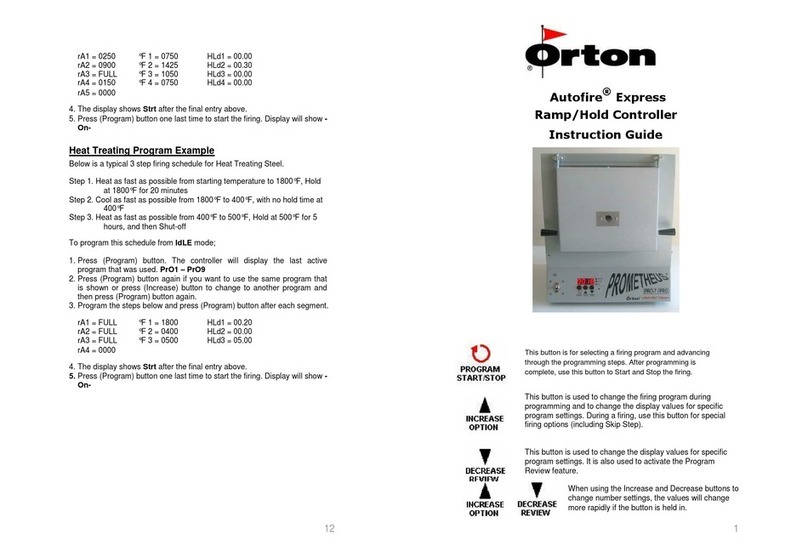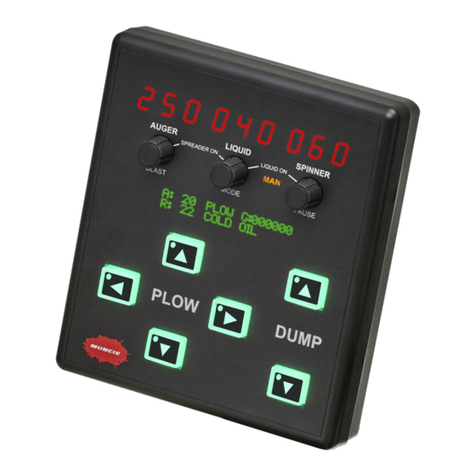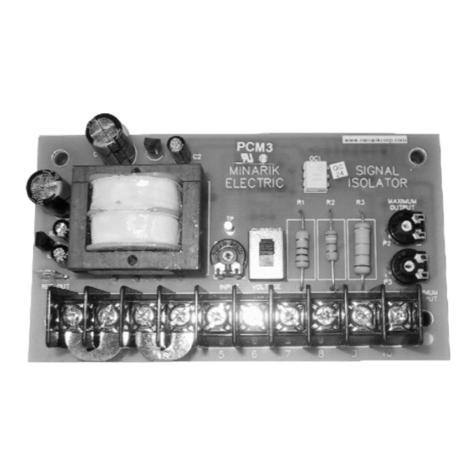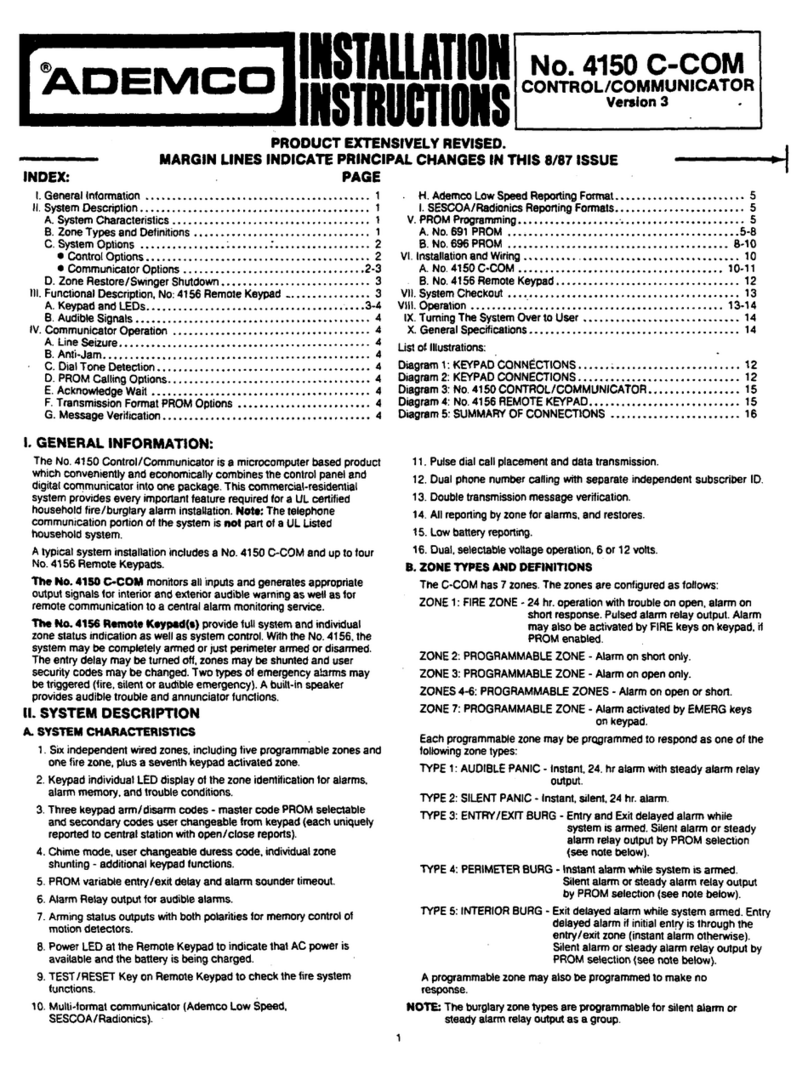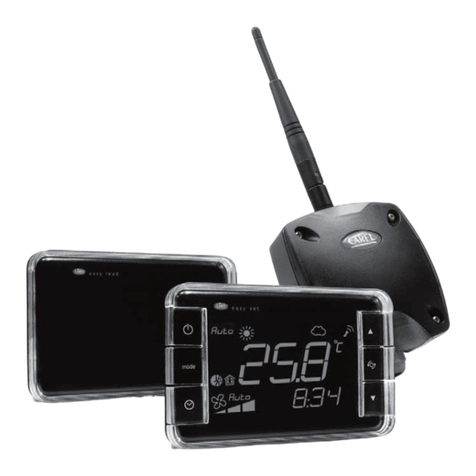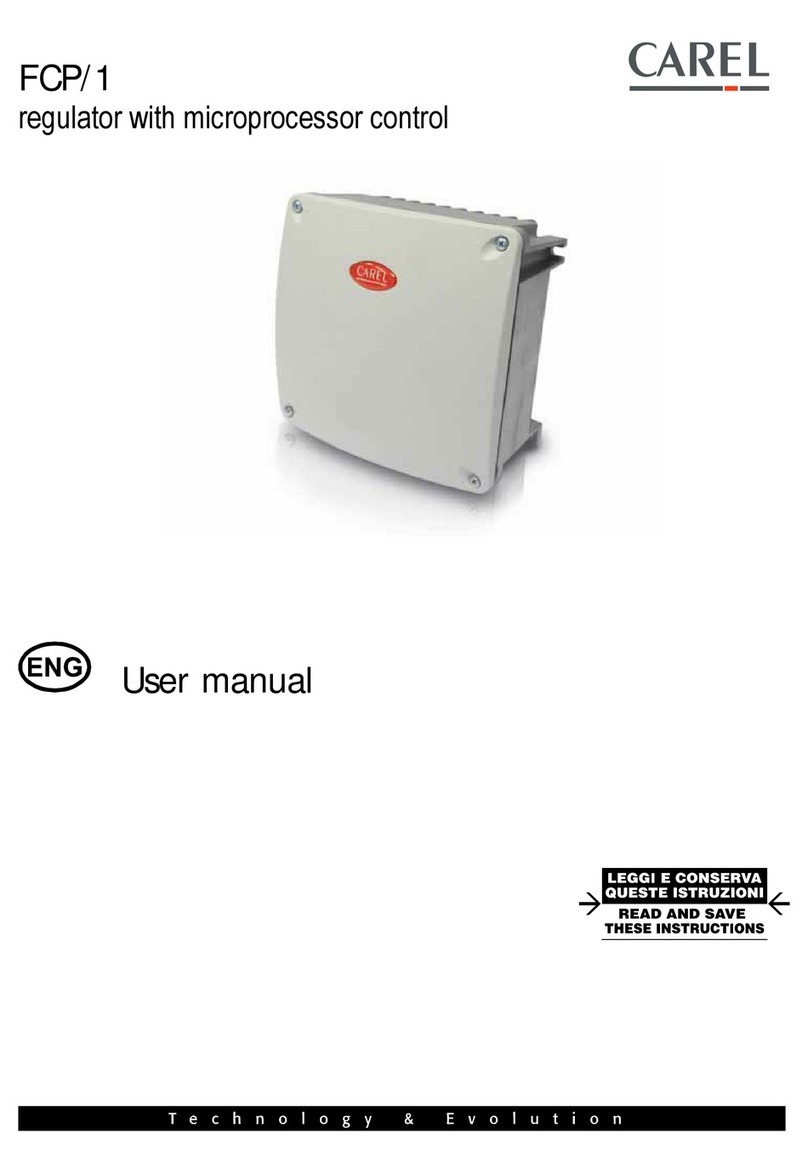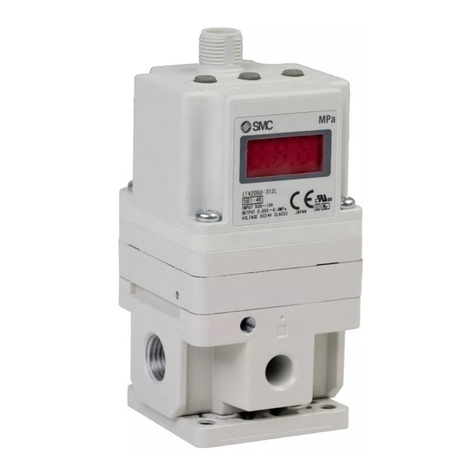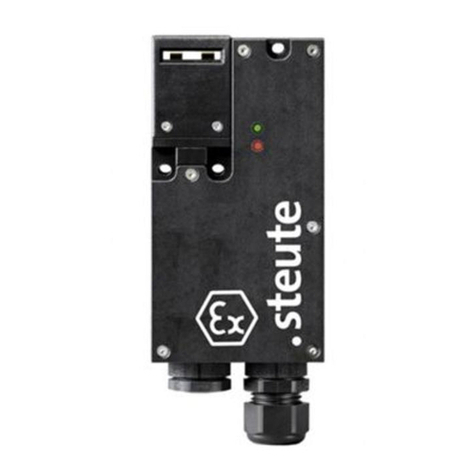RLE Technologies SeaHawk 10K User manual

© Raymond & Lae Engineering, Inc. 2011. All rights reserved. RLE® is a registered trademark and Seahawk™, Falcon™, and Raptor™ are
trademarks of Raymond & Lae Engineering, Inc. The products sold by Raymond & Lae Engineering, Inc. are subject to the limited warranty, limited
liability, and other terms and conditions of sale set forth at http://rletech.com/RLE-Terms-and-Conditions.html.
Supplies for Installation
Included with the SeaHawk 10K
15 foot (4.57m) leader cable
End-of-line terminator (EOL)
Available from RLE, sold separately
12-24 VAC/VDC, 50-60Hz isolated power supply
SeaHawk sensing cable, up to 10,000 feet (3048m)
Available from Other Vendors
Electrostatic discharge (ESD) protection
Mount the Device
The SeaHawk 10K can be mounted inside a panel or on a DIN rail. The device has two
adjustable orange clips on the bottom. Push the clips out to expose two screw holes that
allow the device to be mounted in a panel; push the clips in to mount the device on a DIN
rail.
Establish Physical Connections & Test the Device
The SeaHawk 10K’s circuit boards are labeled. This helps you determine which wires feed
into each terminal block. Before you apply power to the SeaHawk 10K, wire all necessary
connections and set the DIP Switches.
1. Connect the power lead to TB3 or TB4.
2. Insert the four stripped wires of the leader cable into the appropriate slots in TB2 -
from left to right: white, black, green, and red.
3. Connect sensing cable to the other end of the leader cable, and be sure an end-of-
line terminator is connected to the end of the sensing cable.
4. Secure your connection for the relay output to TB1.
5. Adjust the DIP switches to the appropriate settings.
6. Apply power to the SeaHawk 10K.
7. Test the system - simulate leaks at the beginning, middle, and end of the sensing
cable to ensure the SeaHawk 10K accurately calculates the distance to leaks.
DIP Switches
The SeaHawk 10K has two sets of DIP switches. Push the
numbered switch up to turn it on; push the switch down to
turn it off. SW1 is used to congure a variety of settings on
the Seahawk 10K. SW2 is used to congure communications.
DIP Switch 1, switches 1 through 8
Set the baud rate for the EIA-485 Port
1 = Off 2 = Off Modbus 9600 baud
1 = On 2 = Off Modbus 1200 baud
1 = Off 2 = On Modbus 38400 baud
1 = On 2 = On N2 9600 Baud
Designate EIA-485 Communications
3 = Off EIA-485 communications via Modbus
3 = On EIA-485 communications via BACnet MS/TP
Set the Re-alarm Interval - After a leak or cable problem has been detected, the alarm will be re-sent at a
designated interval until the alarm condition has been resolved.
4 = Off Re-alarm interval - disabled. No re-alarm will occur.
4 = On Re-alarm interval - 4 hours
Latching Alarm Status
5 = Off Unlatched alarms - alarm resets itself once a detected leak or cable problem has
been resolved
5 = On Latched alarms - alarm must be reset by manually pushing the blue Test/Rest/
Alarm Silence button, even if the leak or cable problem is no longer present
Distance Measurements
6 = Off Cable length displayed in feet
6 = On Cable length displayed in meters
Sensing Cable Resistance - If you have questions regarding your cable’s resistance, please reference the cable’s
data sheet.
7 = Off 2.8 Ohms per foot - Use with RLE’s orange sensing cable
7 = On 4.0 Ohms per foot - Use with most other sensing cables
Enable or Disable the Audible Alarm - The audible alarm is disabled by default.
8 = Off Audible alarm off
8 = On Audible alarm on
DIP Switch 2 is used to set communications options. If you are communicating via
Modbus, use SW2 to set the address of the Modbus device. This should be a number
between 1 and 254. Adjust the individual switches until their sum equals the Modbus
address. Switch values are as follows:
SeaHawk 10K Quick Start Guide
Thank you for purchasing a SeaHawk 10K distance-read
leak detection controller. This guide highlights basic device
installation and conguration. More detailed information and
troubleshooting guidelines can be found in the SeaHawk 10K
User Guide.
If, after referencing the User Guide, you need further assistance,
please contact RLE Technologies via our website -
rletech.com/support/ or call us at 800.518.1519.
v2.3
Compatible with rmware v3.0 and above
(05/2013)

Indicator Symbol Description
LED Red LED - leak is detected - distance is displayed on 4-character LED
Yellow LED - Cable fault - 4-characted LED displays cbr
Yellow LED - Cable contamination - 4-character LED displays distance
Green LED - Power on
Green LED - Measurements are made in feet
Green LED - Measurements are made in meters
Green LED - Microamps of current on cable - amperage displayed on 4-character LED
Test/Reset/
Alarm Silence
Button
Blue Push
Button
In normal operating conditions, the button functions include:
• Press once: Displays cable current in ohms/foot and the green LED lights next to
the microamp symbol
• Press twice: Displays the length of installed cable components and the green
LED lights next to the appropriate Ft or m symbol
• Press three times: Return to the default display (SH10 )
• Press and hold: Self-test is initiated and the character display reads cal 8060,
which indicates the value of the test resistor.
If an alarm sounds, briey press the button to turn off the audible alarm. The Status
LED remains red, and the 4-character LED continues to show the alarm condition.
In an alarm condition, whether the audible alarm is sounding or not, press and hold
this button for 3 seconds to clear the alarm.
2. Once the correct Max Master value is set, press and hold the blue push button
on the front of the SeaHawk 10K for approximately 17 seconds. The Max Master
value you set will ash on the LED three times. Once the value ashes on the LED,
release the button. The Max Master has been set.
3. Now use SW2 to set the BACnet MS/TP device ID. This should be a number
between 1 and 254. Adjust the individual switches until their sum equals the
BACnet MS/TP device ID. The following illustration shows the values of the DIP
switches on the SW2 block as well as two examples of how the DIP switches would
be set for specic device IDs.
If you are communicating via BACnet MS/TP, use SW2 to set the BACnet MS/TP Max
Master and address:
1. First, set SW2 for the unit’s Max Master number. This will be a number between
1 and 127. Adjust the individual switches until their sum equals the Max Master
setting.
Indicator Symbol Description
4-character
LED
System is running in its normal operating state.
A leak, fault, or contamination has been detected. A numerical distance displays on
the LED. A green LED lights next to Ft or m, and either the LED next to the water
drop glows red to indicate a leak, or the LED next to the wrench glows yellow to
indicate cable contamination. If the distance is measured in meters, a tenths place
decimal value will appear in measurements from 0.0 - 999.9. All meter values over
1000 will display as whole meter measurements.
Cable break/fault detected. Yellow LED ashes next to wrench symbol.
Ft
m
mA
cbr
675
(e.g.)
The SeaHawk 10K’s default BACnet device ID is 70,000. When you set the device
ID on SW2, you need to add that value to the 70,000 to obtain the specic device
ID. For example, if you set SW2 to 34, the device ID for that unit is 70,034. The
device ID for a SeaHawk 10K with a SW2 value of 98 would be 70,098.
Front Panel Indicators
The front panel of the SeaHawk 10K contains a 4-character LED and series of colored
LEDs that are used together to convey device status and information regarding detected
leaks and cable faults. A blue button is used to cycle the 4-character LED, silence the
audible alarm, and reset the alarm.
Modbus Registers
The SeaHawk 10K uses its EIA-485 port to communicate via Modbus. The SeaHawk 10K
is congured to act as a slave device on a common network and is a slave only device – it
will never initiate a communications sequence.
04 Input
Registers
(3x)
Description
30001 b0=Leak alarm, b1=cable break,
b2=contamination, b3=summary
30002 Leak distance
30003 0=decimeters, 1=feet
30004 Leakage current on cable (mA)
30005 Cable Length
30006 Cable resistance, leg 1 (mΩ)
30007 Cable resistance, leg 2 (mΩ)
30008 Resistance per foot (mΩ)
30009 Firmware version number
38001 Leak Distance - Meters Float
38003 Cable Length - Meters Float
SH10
03
Holding
Registers
(4x)
Description
40001 Leakage threshold (mA) default 120
(writeable); range 25mA-175mA
40002 Contamination threshold (mA) default 50
(writeable); range 25mA-175mA
40003 Re-alarm time - 0 (disabled) or 4 hours
(read only, set by DIP SW1)
40004 Latching alarms - 1=enabled, 0=disabled
(read only, set by DIP SW1)
40005 Silence audible alarm (reads 0, may be
set to 1)
40006 Reset alarm (reads 0, may be set to 1)
40007 Sample size default 12 (writeable); range
4-25; 0 sets to default (12)
40008 Resistance per foot in mΩ (2000-3500 or
3500-4240)
40009 AC rejection mode default 50Hz (read
only); 0 = 60Hz, 1 = 50Hz. Only used if
10K is AC-powered.
40010 -
40015
Not used - reads 0
40016 Leak alarm delay 5-990 seconds, default
(writeable); range: 5-999 seconds
40017 Contamination alarm delay 5-990 seconds,
default 120 (writeable); range 5-999
seconds
Other manuals for SeaHawk 10K
1
Other RLE Technologies Controllers manuals
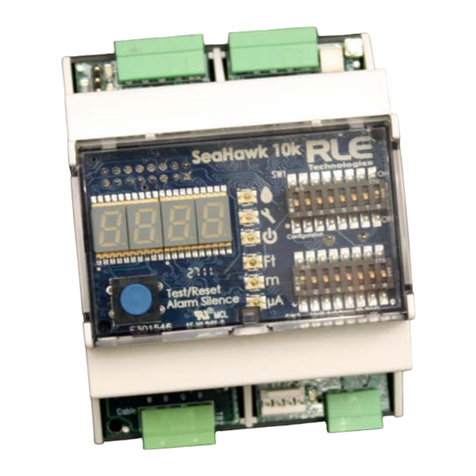
RLE Technologies
RLE Technologies SeaHawk 10K User manual

RLE Technologies
RLE Technologies LD1500 User manual
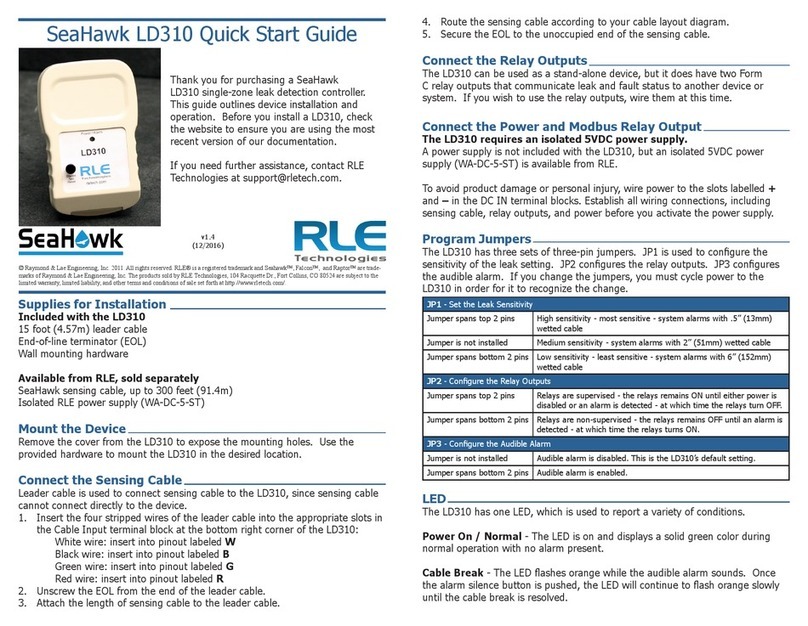
RLE Technologies
RLE Technologies SeaHawk LD310 User manual

RLE Technologies
RLE Technologies SeaHawk LD5200 User manual
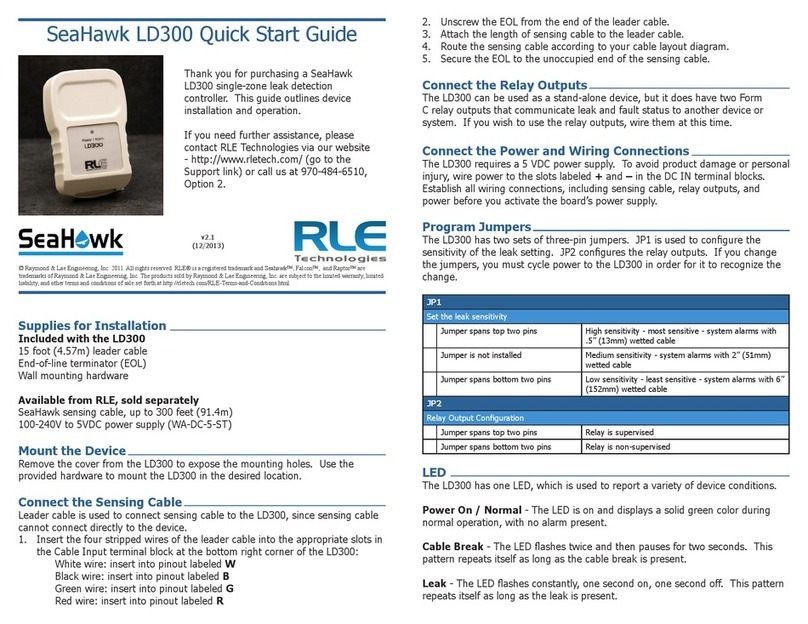
RLE Technologies
RLE Technologies SeaHawk LD300 User manual
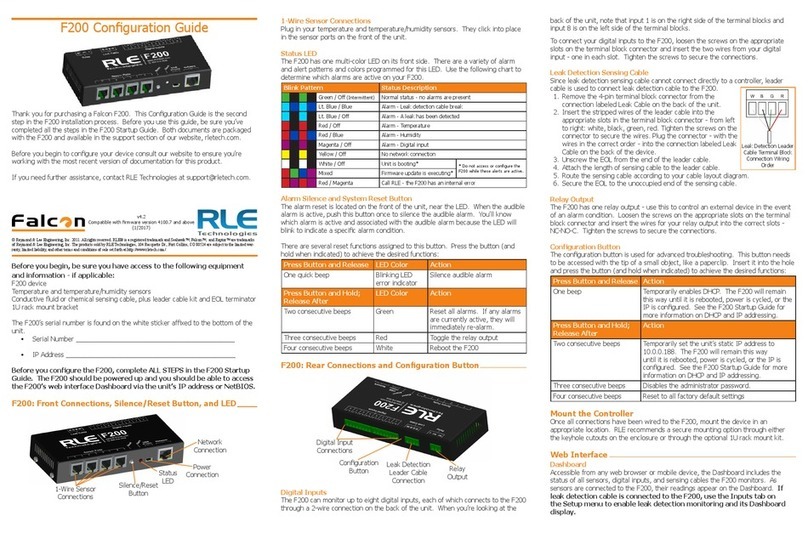
RLE Technologies
RLE Technologies Falcon F200 User manual
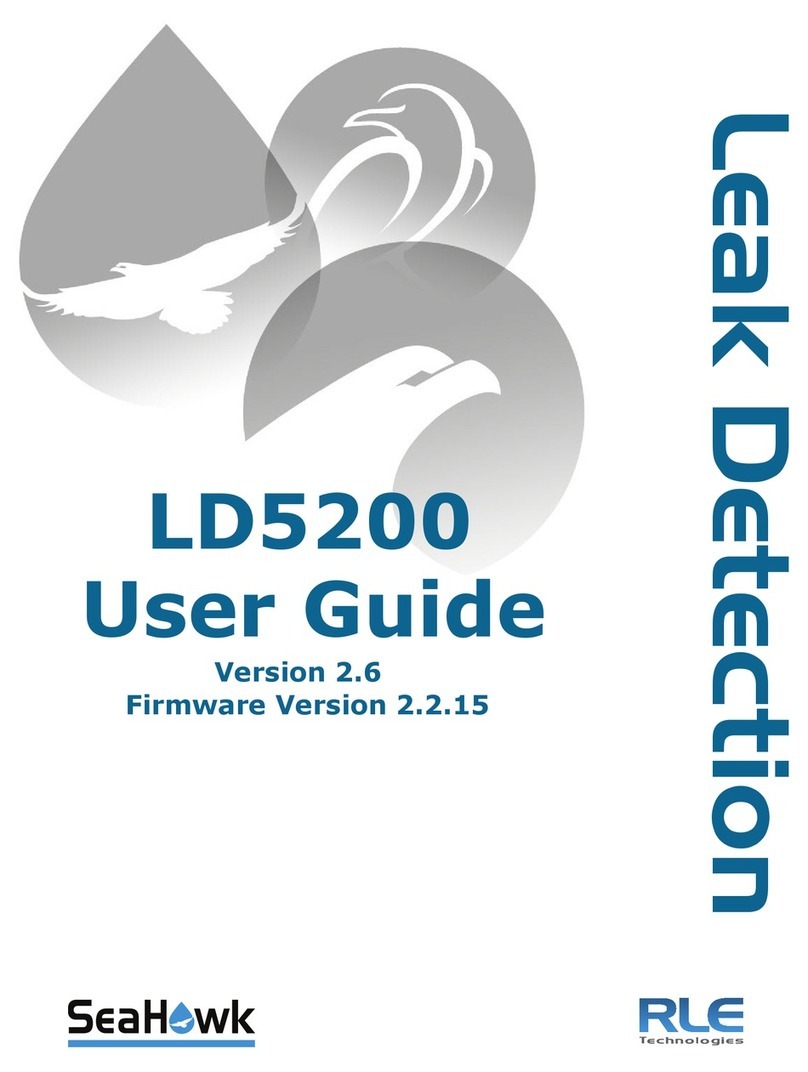
RLE Technologies
RLE Technologies SeaHawk LD5200 User manual

RLE Technologies
RLE Technologies Falcon F200 Operating and maintenance instructions

